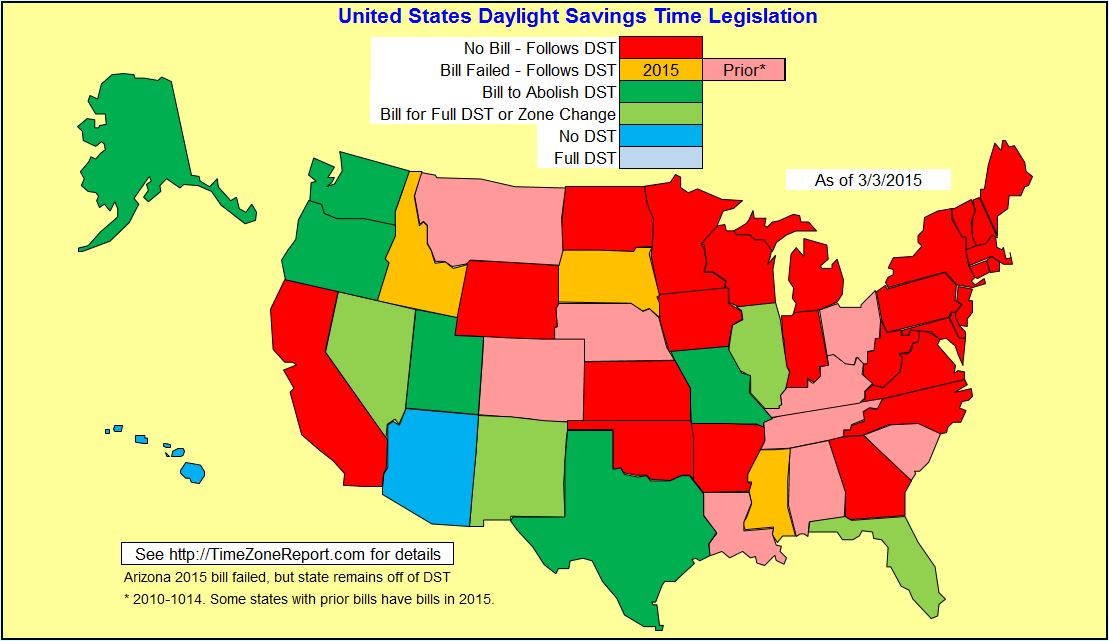
"The notable thing about The Big Sleep," he tells BBC Culture, "is that it adheres to restricted narration: it only shows what one person sees and hears – in this instance Marlowe. Warren Buckland is the author of Narrative and Narration, and a specialist in films that take some figuring out.

But is that really something to complain about? Is it a problem if "the mind becomes utterly confused" by a film? Or can that sometimes be one of its main attractions?
#Sleep no more map drivers
Not only do you have to remember all the gorgeous librarians, shopkeepers, waitresses and taxi drivers who throw themselves at the film's wisecracking private-eye hero, Philip Marlowe (Bogart), but you also have to distinguish between the many male murderers and murder victims, among them Harry Jones, Joe Brody, Eddie Mars, Carol Lundgren, Lash Canino, Owen Taylor and Sean Regan. In fact, the plot isn't impossible to follow – it's just extraordinarily difficult without a pen, a notepad and a pause button to hand. The 90s erotic thriller to end them all All these decades later, the film's judgemental Wikipedia entry tuts that it "is impossible to follow", and is celebrated by "movie-star aficionados" only because "they consider the Bogart-Bacall appearances more important than a well-told story". in which so many cryptic things occur amid so much involved and devious plotting that the mind becomes utterly confused". When The Big Sleep came out in 1946, the New York Times's Bosley Crowther pronounced it "a web of utter bafflement. But there's also no disputing that it's hard to know what exactly is going on.

There is no disputing that Howard Hawks's Los Angeles-set noir classic is one of the most entertaining of all US films, thanks to its firecracker dialogue, brutal action, sultry atmosphere, and the volcanic sexual chemistry between its stars, Humphrey Bogart and Lauren Bacall. The Big Sleep was released 75 years ago, and its plot has been puzzling viewers ever since.


 0 kommentar(er)
0 kommentar(er)
